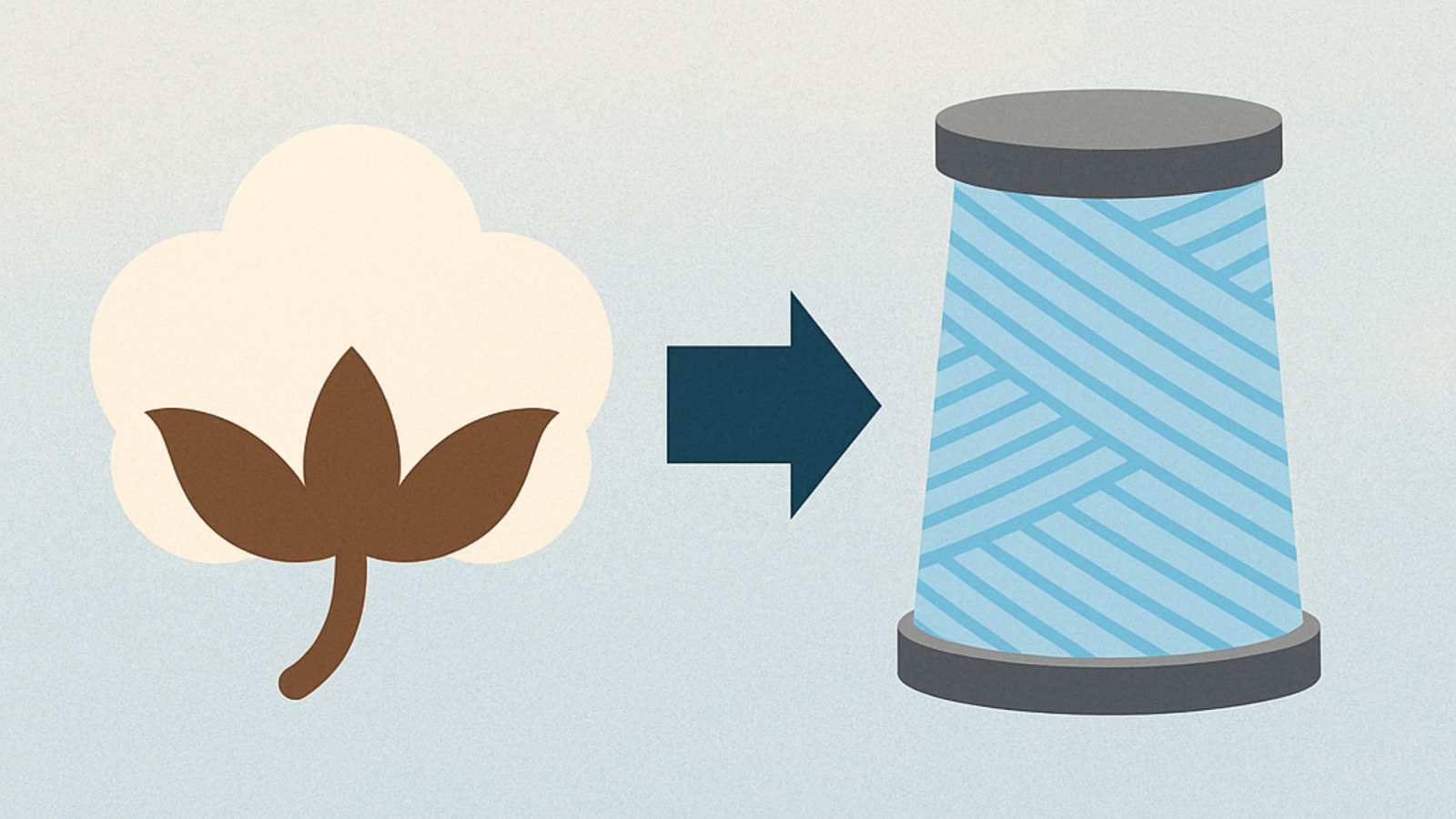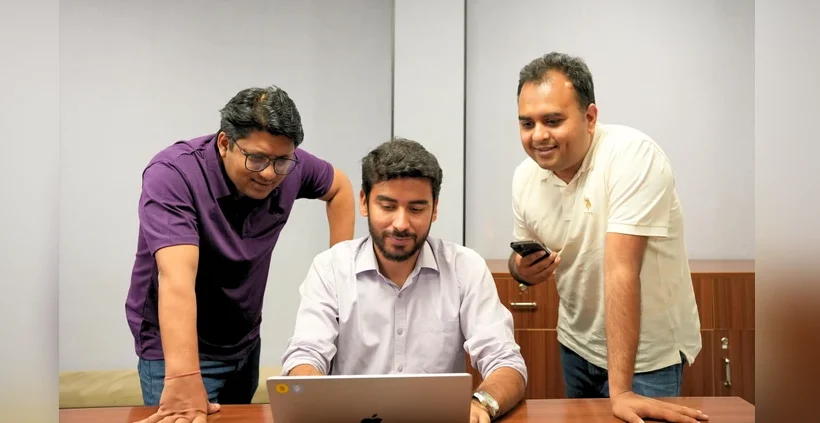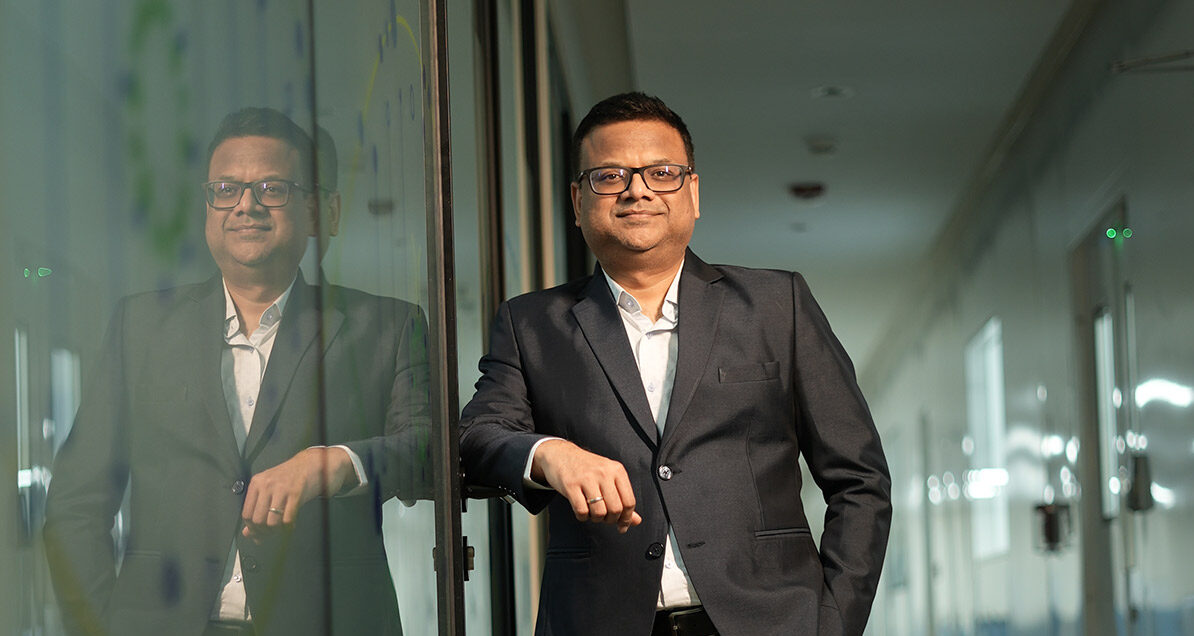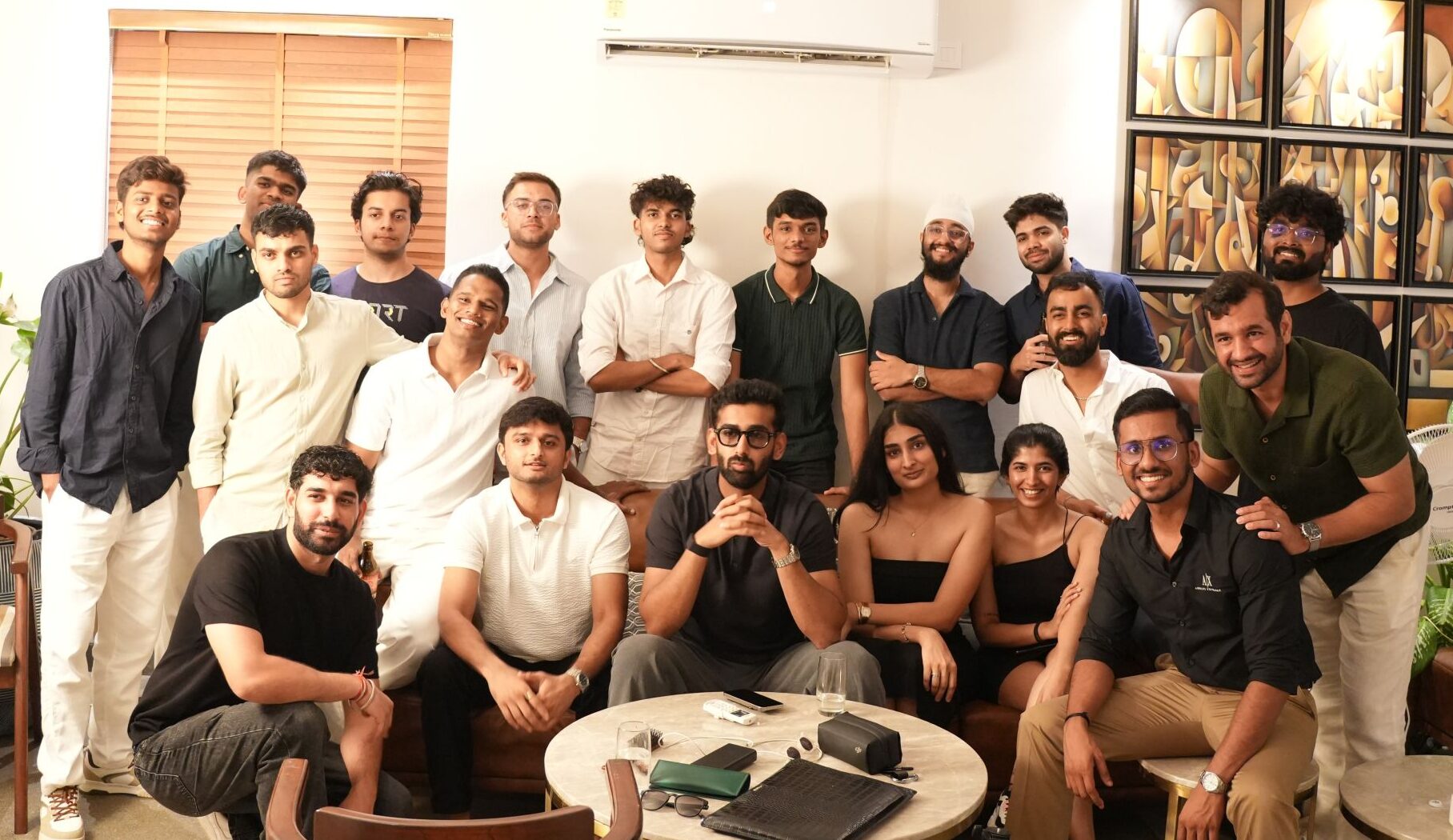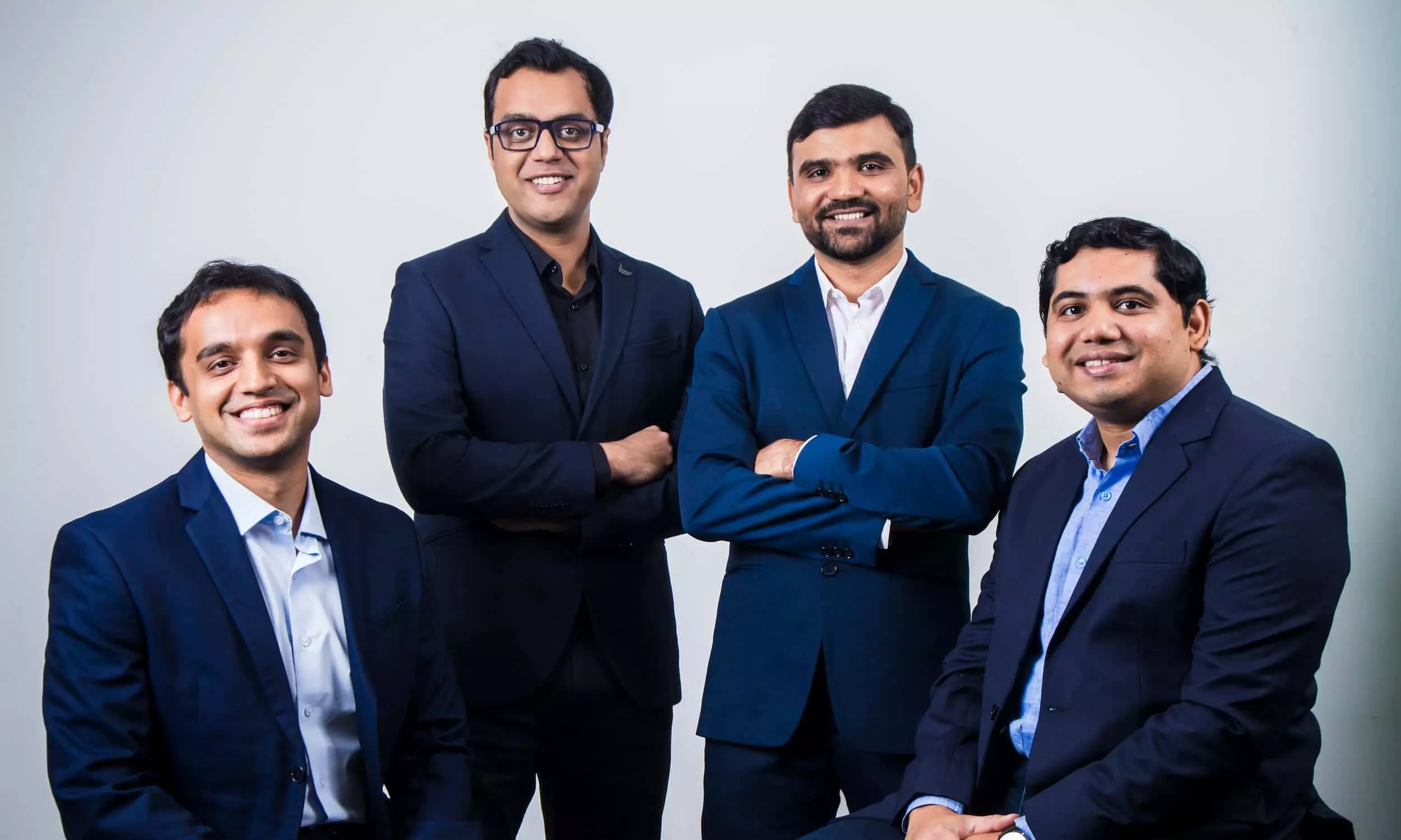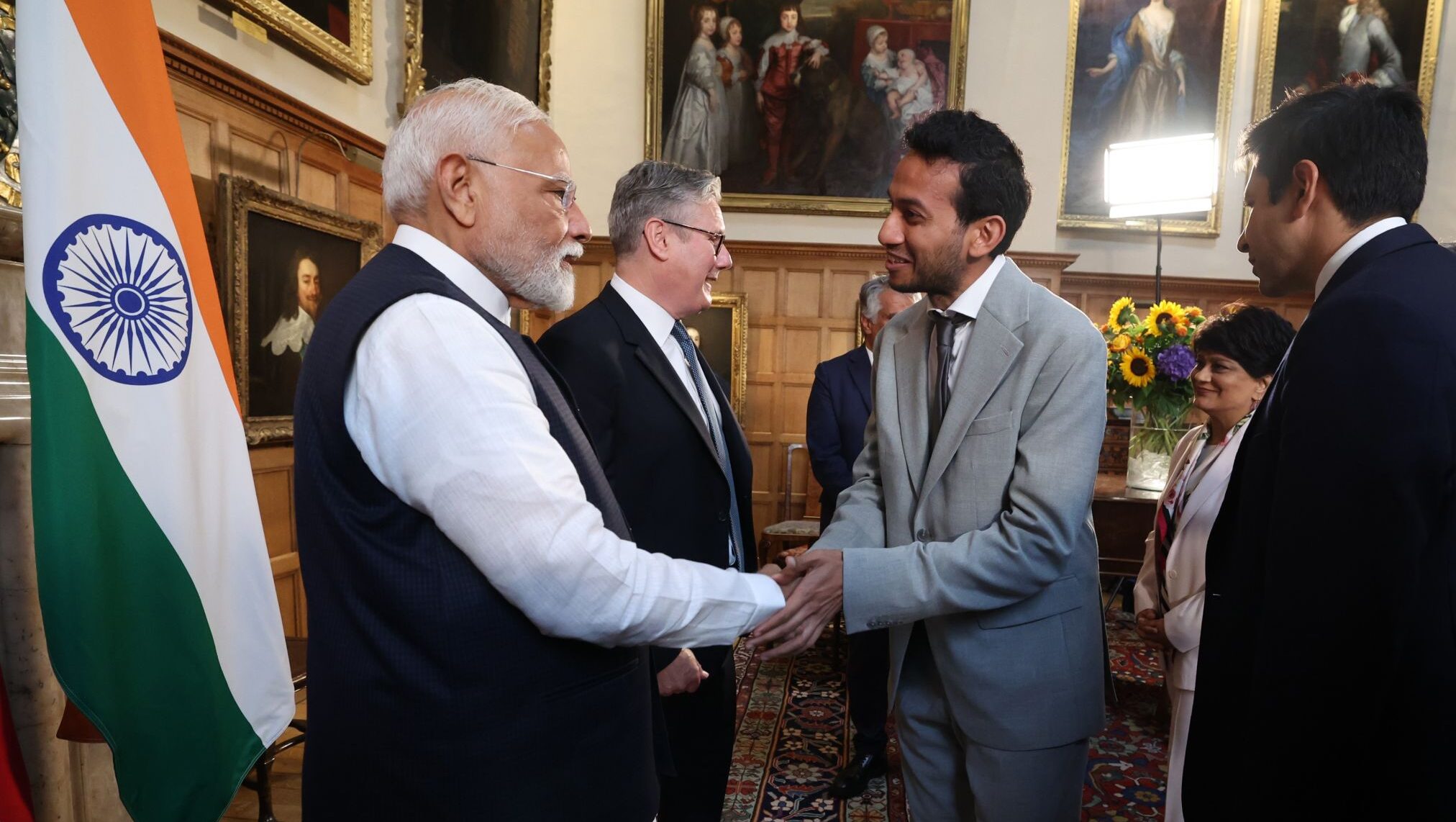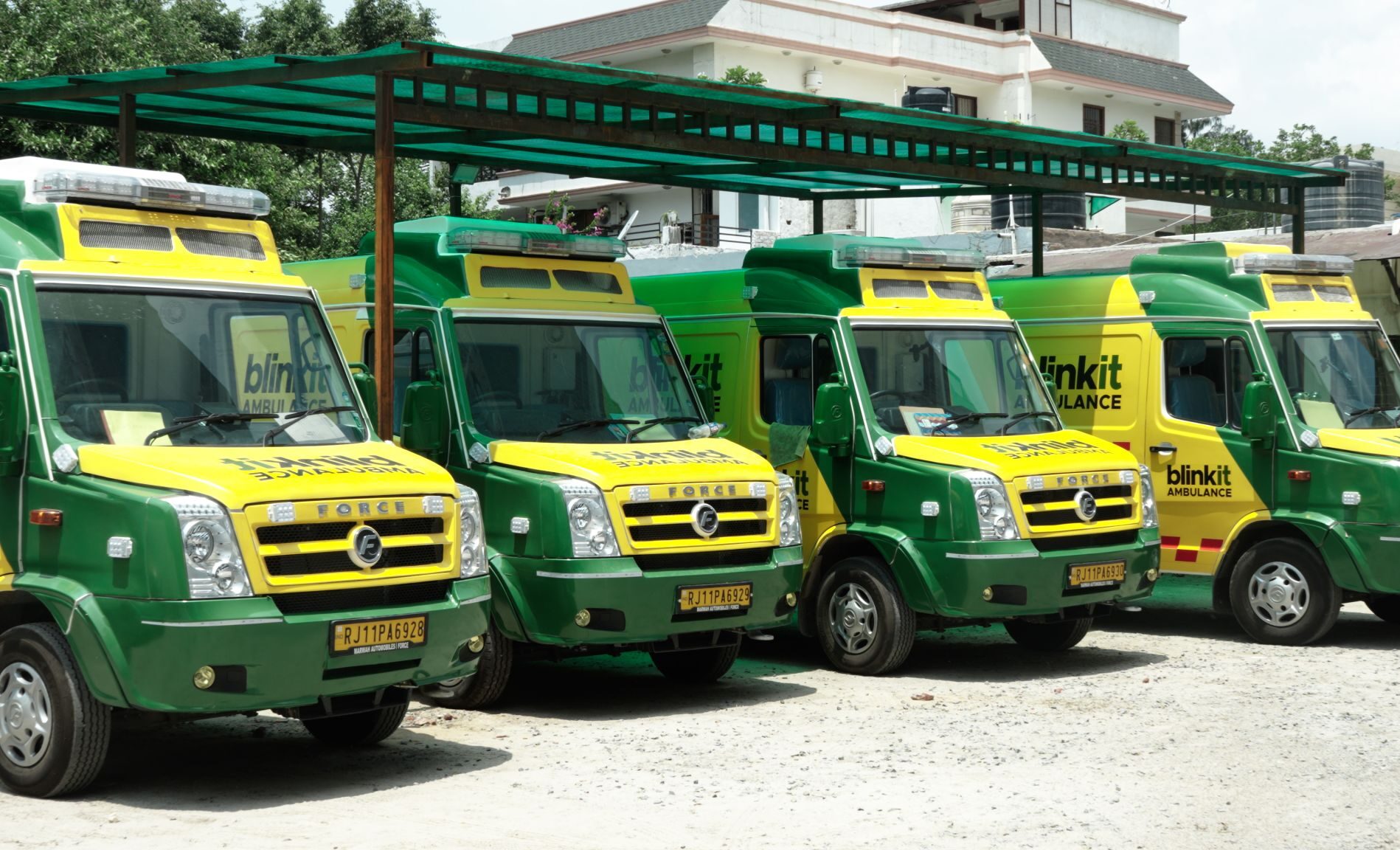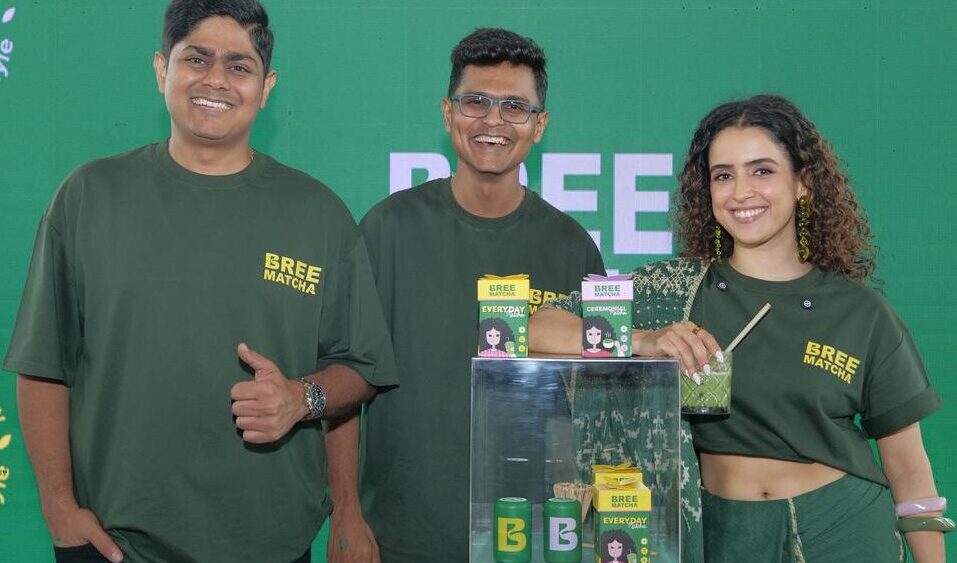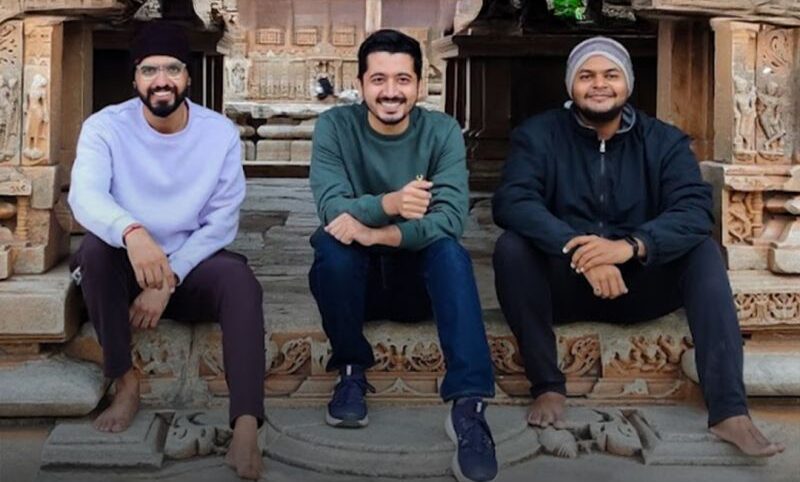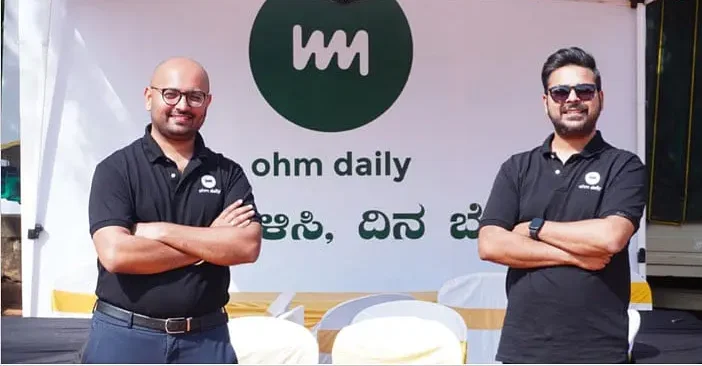Tata Starbucks, the joint venture between Starbucks Corporation and Tata Consumer Products, is recalibrating its expansion plans in India as it navigates rising inflation, real estate challenges, and shifting consumer behaviors. Despite scaling back on short-term store openings, the company remains bullish on its long-term goal of operating 1,000 stores by 2028.
Adjusted expansion plans
In an interview with Reuters, Sunil D’Souza, CEO of Tata Consumer Products, outlined the revised strategy. “We will calibrate for the short term—maybe instead of opening 100, we will open 80 now, and next year we will open 120 instead of 100,” he said. The company currently operates over 450 stores and has doubled its footprint in just four years, maintaining its position as India’s largest cafe chain.
Economic pressures and real estate hurdles
Persistent inflation is compelling Indian consumers to cut back on discretionary spending, making premium coffee a luxury for many middle-class households. Meanwhile, the fragmented real estate market poses significant challenges. “In India, good quality real estate with traffic… is a challenge,” noted D’Souza, contrasting the market to China, where rapid mall development supports aggressive cafe growth.
Financial growth despite challenges
Tata Starbucks reported a 12% revenue increase to ₹12.18 billion ($143.6 million) in the last financial year. However, its net loss widened to ₹800 million from ₹250 million, reflecting the impact of inflation and operational costs. Still, with low cafe density compared to other Asian markets, India remains a lucrative opportunity for long-term growth.
Strategies for growth
Tata Starbucks is adopting a multi-faceted strategy to address current challenges, including proactive real estate planning to identify prime locations, introducing localized menu items like Chai Tea Latte and Elaichi Mawa Croissant to appeal to Indian tastes, and offering smaller, affordable options such as the ‘Picco’ cup alongside loyalty programs to attract a wider audience. The brand is also focusing on expanding into Tier-II and Tier-III cities like Lucknow and Jaipur, tapping into rising disposable incomes in these emerging markets.
The rise of India’s cafe culture
While India remains a predominantly tea-drinking nation, urban millennials and professionals are increasingly embracing cafe culture. Starbucks’ premium offerings resonate with this demographic, but affordability remains a barrier for mass adoption.
Long-term vision
Tata Starbucks is committed to achieving its ambitious target of 1,000 stores by 2028. By enhancing localization, improving operational efficiency, and tapping into underserved markets, the company aims to solidify its presence in India’s growing cafe culture.
“Despite challenges, India offers untapped potential. With cafe density still low, we are optimistic about the opportunities ahead,” D’Souza stated.











